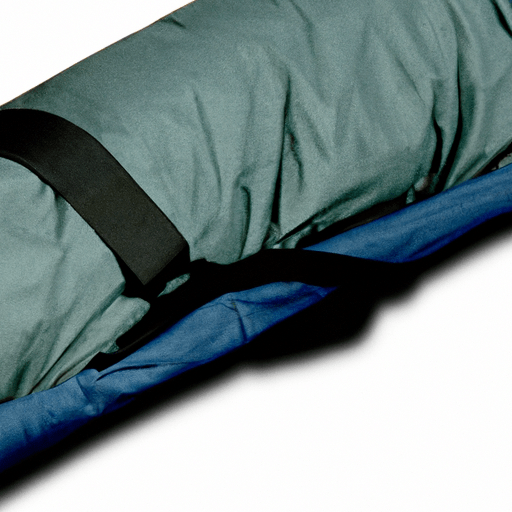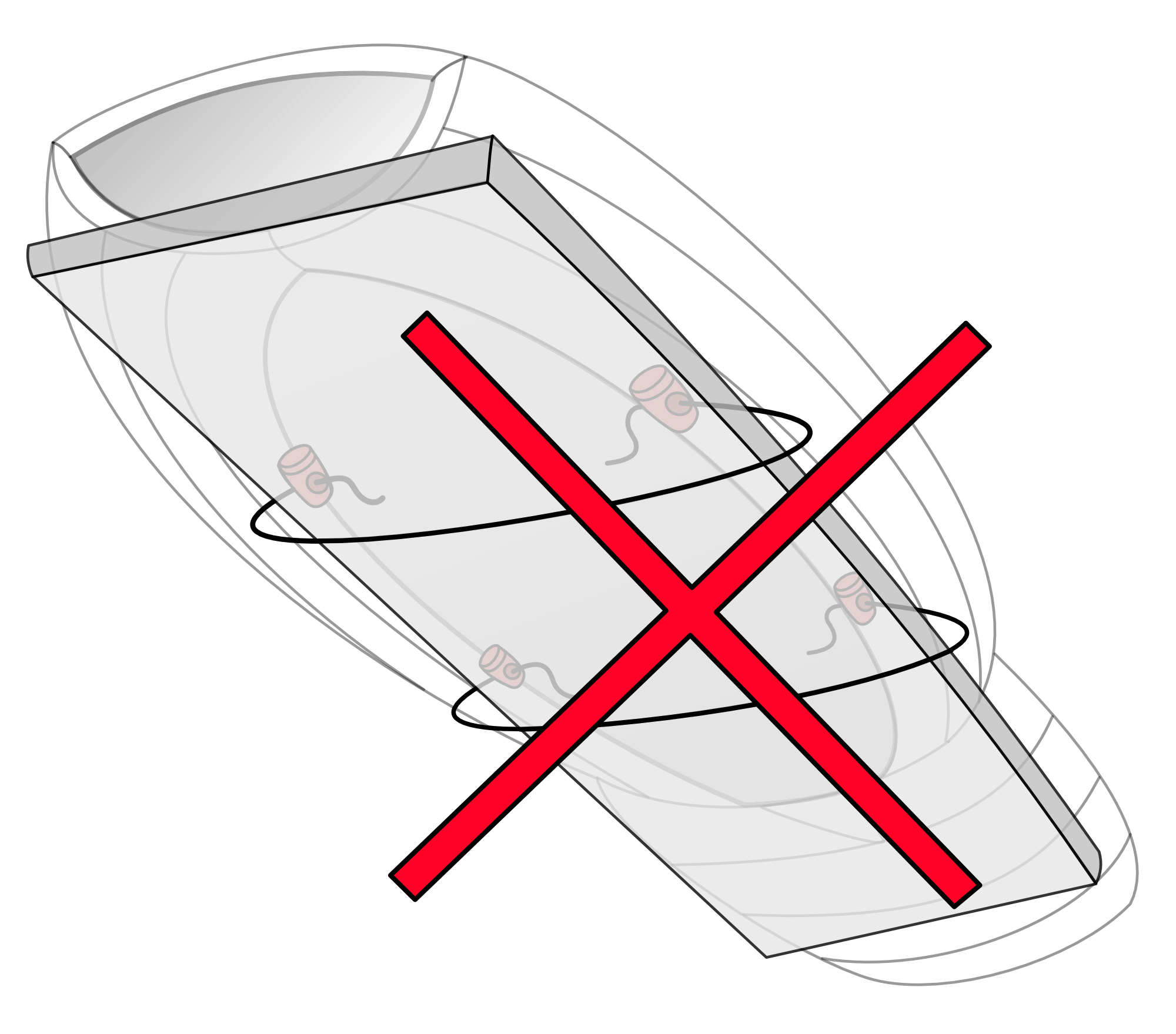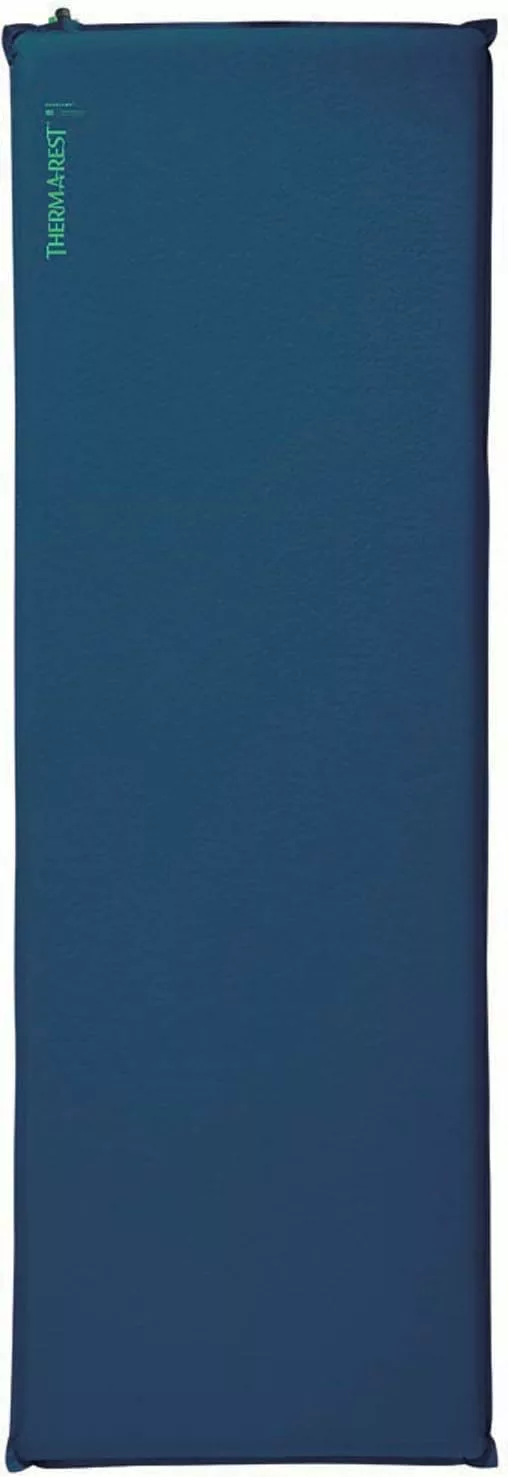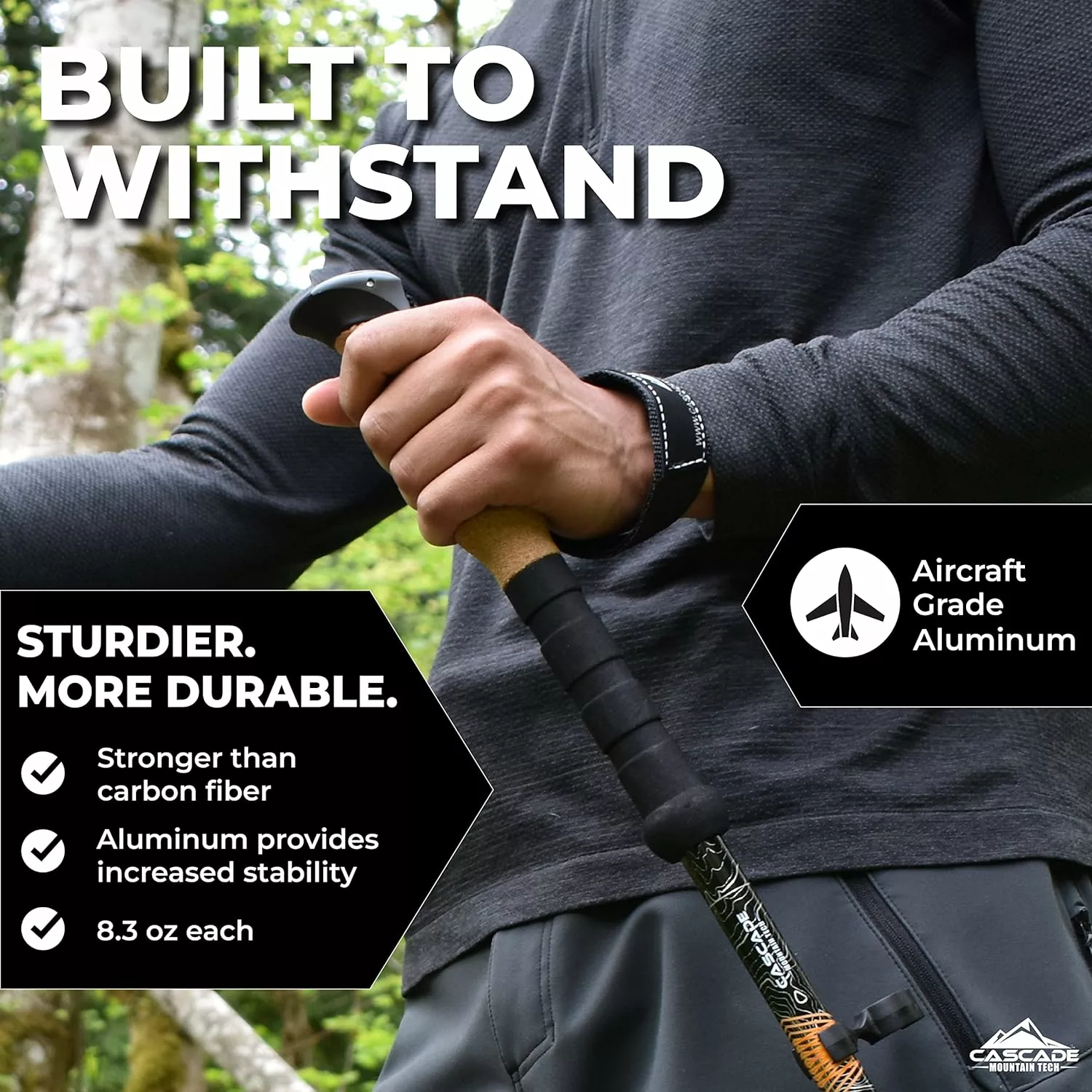In this article, you’ll find a simple yet detailed guide on how to securely attach a sleeping pad to your backpack. Whether you’re embarking on a camping adventure or a long hike, having a comfortable sleeping surface is crucial. We’ll walk you through the step-by-step process, providing clear instructions and helpful tips along the way. By the end of this article, you’ll be able to confidently attach your sleeping pad to your backpack, ensuring a hassle-free journey and a good night’s sleep under the stars. So let’s get started and make sure you’re well-prepared for your next outdoor excursion.

Understanding the Basics
Why attach a sleeping pad to your backpack?
When you’re backpacking, attaching a sleeping pad to your backpack offers several benefits. Firstly, it frees up space inside your backpack, allowing you to pack more essential gear. Secondly, it helps distribute the weight of the pad evenly, preventing discomfort caused by concentrated pressure points. Additionally, having your sleeping pad easily accessible on the outside of your pack allows you to quickly set up camp and rest comfortably whenever the need arises.
Choosing the right sleeping pad for backpacking
Selecting the right sleeping pad is crucial for a comfortable and enjoyable backpacking experience. There are three main types of sleeping pads to consider: air pads, self-inflating pads, and closed-cell foam pads.
-
Air Pads: These pads are lightweight and compact, making them ideal for backpacking. They are inflated manually and offer excellent cushioning and insulation. However, they may require some extra care to avoid punctures.
-
Self-Inflating Pads: These pads have an internal valve that automatically inflates the pad when opened. They provide a good balance between comfort and insulation while being relatively easy to use and maintain.
-
Closed-Cell Foam Pads: These pads are incredibly lightweight and durable, making them a popular choice for backpackers. They provide excellent insulation but may not offer the same level of comfort as air pads or self-inflating pads.
Each type of sleeping pad has its advantages and disadvantages, so consider factors such as weight, insulation, comfort, and durability when making your selection.
Basics of attaching sleeping pad to backpack
Attaching a sleeping pad to your backpack may seem daunting at first, but it is actually quite straightforward. The key is using the appropriate straps and securing the pad properly. The most common methods include attaching the pad vertically, horizontally, or on the sides of your backpack. The placement will depend on personal preference and the type of backpack you have.
Learning About the Different Types of Sleeping Pads
Air Pads
Air pads, as mentioned earlier, are lightweight and offer excellent cushioning and insulation. They are inflated manually using your breath or an inflation bag. To inflate, simply open the valve and blow air to your desired firmness. When it comes to deflating and packing, just open the valve and roll or fold the pad tightly to remove the air. Air pads are generally compact and easy to pack, making them a great choice for backpacking.
Self-Inflating Pads
Self-inflating pads have an internal valve that makes the inflation process hassle-free. To begin, open the valve and let the pad self-inflate. You can adjust the firmness by adding or releasing air manually. When it’s time to pack up, open the valve and roll or fold the pad tightly to expel the air. Self-inflating pads offer a good balance between comfort and insulation and are often preferred by backpackers.
Closed-Cell Foam Pads
Closed-cell foam pads are made from dense foam that provides excellent insulation and durability. They are typically lightweight and resistant to punctures. Unlike air pads or self-inflating pads, closed-cell foam pads do not require any inflation. To pack them, simply roll or fold them tightly. These pads are a popular choice for ultralight backpacking due to their low weight and ability to withstand rough conditions.
Each type of sleeping pad has its own advantages and disadvantages. Consider factors such as weight, insulation, comfort, and durability when choosing the most suitable one for your backpacking adventure.
Choosing the Correct Placement of Sleeping Pad
Attaching sleeping pad vertically
Attaching the sleeping pad vertically is a popular method as it allows for easy access and provides a balanced weight distribution. To attach the pad vertically, first, locate the attachment straps located on the back of your backpack. Slide the bottom end of the pad into the straps, ensuring that the pad is centered and secure. Finally, tighten the straps to hold the pad firmly in place.
Attaching sleeping pad horizontally
Attaching the sleeping pad horizontally is another option that offers stability and convenience. Start by finding the attachment points on the sides or bottom of your backpack. Place the pad across these attachment points and secure it using straps or bungee cords. Take care to ensure that the pad is centered and secure, adjusting the straps as necessary.
Where to place your sleeping pad on your backpack
The specific placement of your sleeping pad on your backpack depends on personal preference and the design of your pack. Some backpackers prefer attaching the pad vertically against the back of the pack for better weight distribution. Others may choose to attach the pad horizontally on the top, bottom, or sides of the pack for added convenience. Experiment with different placements to find what works best for you and provides a balanced load.
Equipment you will Need
Appropriate straps
To attach your sleeping pad securely to your backpack, you’ll need appropriate straps. These should be sturdy and adjustable to accommodate different sleeping pad sizes and backpack designs. Look for straps with quick-release buckles to make attachment and detachment easier.
Secondary bungee or paracord
In addition to the main straps, having a secondary bungee cord or paracord can provide extra security. These can be used to reinforce the attachment and ensure that the pad stays in place even During rigorous hiking or rough terrain.
Optional carabiner clips
Carabiner clips are not essential but can be a useful addition for attaching your sleeping pad. They allow for quick and easy attachment of the pad to your backpack, saving you time and effort.
Your backpack and sleeping pad
Of course, you’ll need a reliable backpack and a suitable sleeping pad for backpacking. Make sure your backpack has attachment points or straps specifically designed for securing a sleeping pad. Match the size and weight of the sleeping pad to fit comfortably on your pack while still providing the desired level of comfort and insulation.

Prepping Your Backpack and Sleeping Pad for Attachment
Cleaning the area
Before attaching your sleeping pad, ensure that the attachment area on your backpack is clean and free from dirt or debris. Wipe it down if necessary, as a clean surface will help improve the effectiveness of the attachment.
Preparing the straps
Ensure that the straps on your backpack are adjusted to the appropriate length for attaching the sleeping pad. They should be neither too loose nor too tight, providing a secure and comfortable fit.
Rolling or folding your sleeping pad
When preparing your sleeping pad for attachment, roll or fold it tightly. This will not only make it more compact but also help prevent it from snagging on branches or other objects while hiking. Follow the manufacturer’s instructions if available, as some sleeping pads may require specific folding techniques.
Securing the Sleeping Pad on Top of Your Backpack
Positioning the sleeping pad
To attach the sleeping pad on top of your backpack, position it vertically against the back panel. Ensure that it is centered and aligned with the backpack’s attachment straps or loops. This placement allows for easy access and optimal weight distribution.
Aligning the straps
Once the sleeping pad is in position, thread the straps through the loops or attachment points on your backpack. Make sure the straps are aligned properly and not twisted to ensure an even distribution of pressure when tightening.
Tightening the straps
After aligning the straps, tighten them securely but not excessively. You want the sleeping pad to be snug against the backpack, but not so tight that it restricts your movement or compresses the pad too much. Test the attachment by gently tugging on the pad to ensure it is secure.
Checking the stability of attachment
Give the sleeping pad a gentle shake to test its stability. If it shifts or feels loose, adjust the straps accordingly. The attachment should be secure enough to withstand movement while hiking, but also easy to remove when needed.

Attaching Sleeping Pad to the Bottom of Your Backpack
Positioning the sleeping pad
For attaching the sleeping pad to the bottom of your backpack, place it horizontally across the attachment points located underneath the pack. Ensure that it is centered and aligned for balanced weight distribution.
Looping the straps through the pad
Once the pad is in position, loop the straps through the attachment points on your backpack. Cross the straps over the sleeping pad to create a secure hold. Double-check that the straps are not twisted and secure them tightly.
Tightening the straps
With the straps crossed and looped through the pad, tighten them securely. The sleeping pad should be stable and not move around during hiking or when setting the backpack down. Adjust the straps as needed for a snug fit.
Ensuring the sleeping pad is secure
To ensure that the sleeping pad is securely attached to the bottom of your backpack, give it a gentle tug. If it remains in place without shifting, you can be confident that it is secure. If necessary, make any final adjustments to the straps for a stable attachment.
Attaching Sleeping Pad to the Sides of Your Backpack
Placement of the sleeping pad
Attaching the sleeping pad to the sides of your backpack provides an alternative option for even weight distribution. Place the pad horizontally across the attachment points or loops located on the sides of your backpack, ensuring it is centered and aligned.
Use of additional straps
Depending on the design of your backpack, you may need additional straps to secure the sleeping pad to the sides. Utilize these straps to loop through the attachment points and across the pad for a secure hold. Adjust and tighten them as necessary.
Checking the balance of load
Once the sleeping pad is attached to the sides of your backpack, check for balance and stability. The weight should be evenly distributed on both sides, and the pad should not interfere with your movement or snag on any objects. Make any adjustments to straps or placement if needed for optimal comfort and load balance.
Safety Measures
Avoiding overtight straps
When attaching your sleeping pad to your backpack, be mindful of the strap tightness. It’s essential to secure the pad firmly, but avoid overtightening. Excessive tension can put unnecessary strain on the attachment points and may cause damage over time. Find the right balance between secure attachment and comfort.
Checking for wear and tear
Regularly inspect your attachment straps and any additional bungee cords or carabiner clips for signs of wear and tear. Over time, exposure to the elements and repeated use can weaken the straps or cause fraying. Replace any damaged straps or hardware to ensure the continued safety and reliability of your sleeping pad attachment.
Protecting the sleeping pad from sharp objects
While backpacking, it’s important to protect your sleeping pad from potential damage caused by sharp objects in your pack or the surrounding environment. Consider using a lightweight groundsheet or a protective sleeve to shield your sleeping pad from punctures or abrasions. Additionally, avoid placing your pad directly on rough or uneven surfaces when setting up camp.
Special Tips for Wilderness Backpacking
Planning according to the environment
When planning for wilderness backpacking, consider the specific environment you’ll be exploring. Research the expected conditions, such as temperature, terrain, and humidity levels, to determine the most suitable type of sleeping pad. For colder climates, prioritize insulation, while in hot and humid areas, focus on breathability and moisture-wicking properties.
Adapting your packing style to weather conditions
Weather conditions can change rapidly in the wilderness, so it’s essential to adapt your packing style accordingly. If there’s a chance of rain, ensure your sleeping pad is protected with a waterproof cover or dry sack. In colder weather, consider layering your sleeping pad with a closed-cell foam pad or an insulated groundsheet for extra warmth.
Repacking your equipment quickly
When it’s time to break camp and move on, saving time is crucial. Practice efficiently rolling or folding your sleeping pad to speed up the repacking process. Minimize any loose straps that can get tangled, making it harder to attach the pad to your backpack. With practice, you’ll become adept at quickly and securely attaching your sleeping pad, allowing you to spend more time enjoying the beauty of the wilderness.
Attaching a sleeping pad to your backpack is a simple yet effective way to enhance your backpacking experience. With the right equipment, proper technique, and a thoughtful approach, you can ensure a comfortable and enjoyable night’s sleep wherever your adventures take you.






